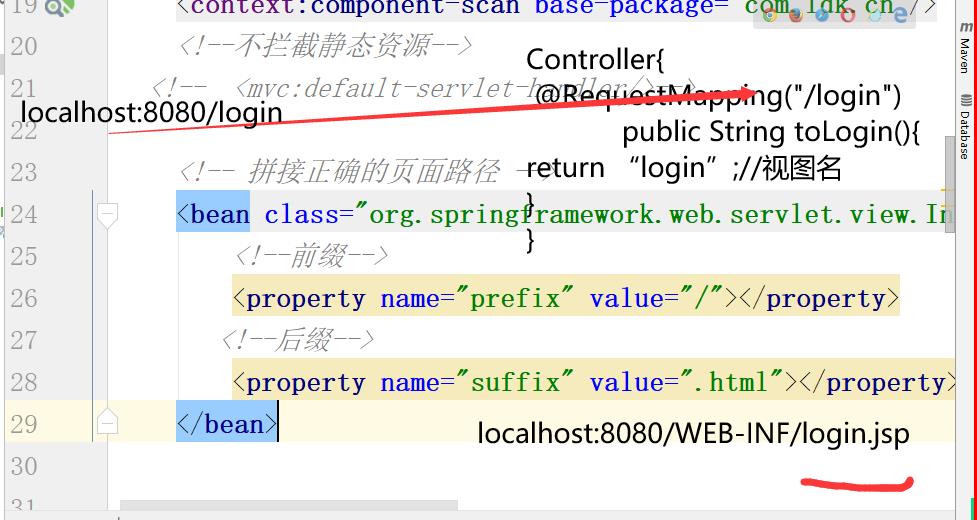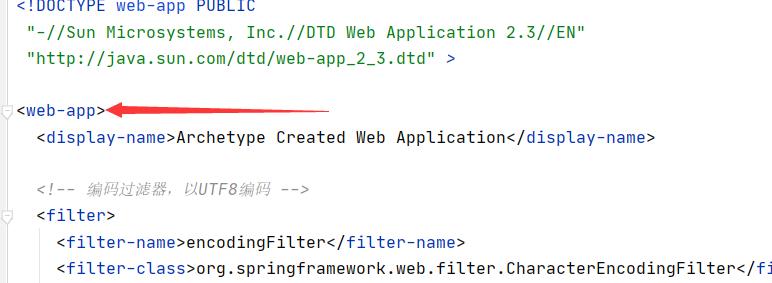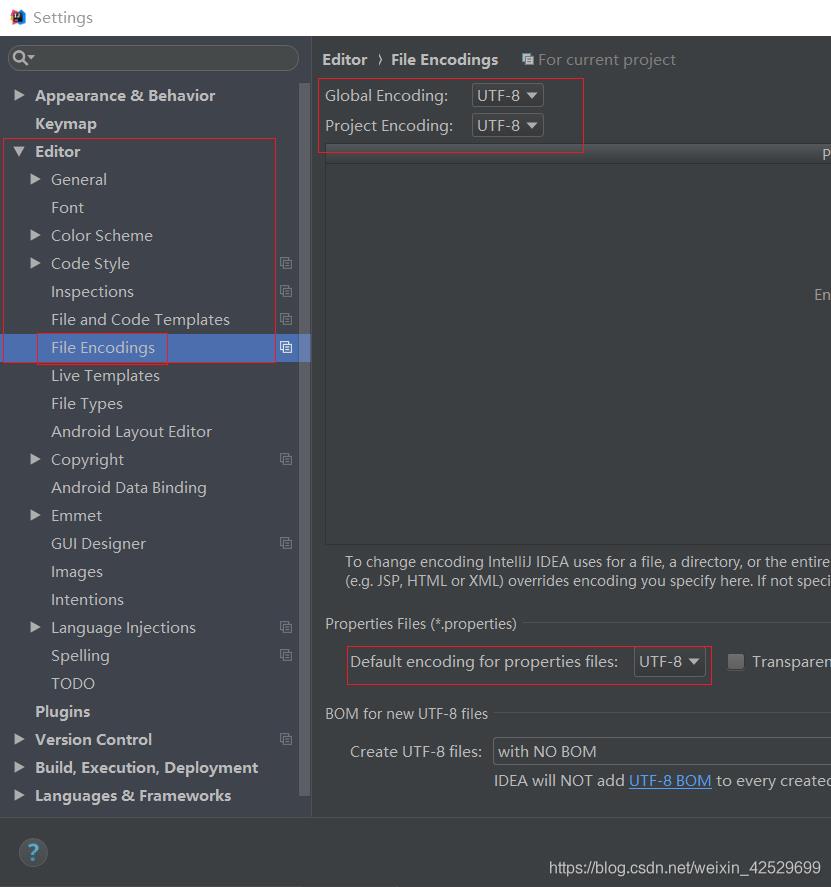大三东软暑期实训-springmvc篇
Posted Fire king
tags:
篇首语:本文由小常识网(cha138.com)小编为大家整理,主要介绍了大三东软暑期实训-springmvc篇相关的知识,希望对你有一定的参考价值。
- springmvc导spring-webmvc,创建webapp骨架项目(部署到服务器)

- 服务器不会加载springmvc,xml,服务器会加载web.xml,因此要把springmvc.xml导入到web.xml
<servlet>
<servlet-name>springmvc</servlet-name>
<servlet-class>org.springframework.web.servlet.DispatcherServlet</servlet-class>
<!-- 指定springmvc的核心配置文件的位置 -->
<init-param>
<param-name>contextConfigLocation</param-name>
<!--classpath表示类路径,表示resources目录-->
<param-value>classpath:springmvc-config.xml</param-value>
</init-param>
</servlet>
<servlet-mapping>
<servlet-name>springmvc</servlet-name>
<!-- 拦截所有请求 -->
<url-pattern>/</url-pattern>
</servlet-mapping>
-
当服务器启动的时候,首先会去加载web.xml文件(可以理解问web应用程序的入口)
凡是放在WEN-INF文件夹下面的资源都是受保护的,不能通过浏览器直接访问,可以通过转发或者重定向进行访问 -
servlet-api
-
表单传参使用name的属性值作为参数传到服务器,表单服务器的参数名和表单的name属性值一致即可
-
浏览器传入到服务器的参数都是String类型的,但是对于数字类型的字符串,在服务端可以使用Integer来接收。因为springmvc框架自动完成类型转换。
-
数据的提交方式有get请求和post请求:
区别:
–get请求会将表单的数据暴露在浏览器的地址栏,对于重要的数据时不安全的。
–post请求是将表单数据封装在请求行里面,数据比较安全
–get请求提交的数据量比post的要小 -
session 和cookie的区别,有什么作用?
记录用户状态(数据)
session 将数据绑定在客户端,由session 绑定的数据可以实现数据共享:比如有很多个controller,在其中一个controller绑定数据,其他controller可以通过唯一key获取value
cookie将数据保存在客户端(浏览器端) -
地址栏暴露参数
解决方案:<form action="/doLogin" method="post"> -
当表单的name属性值与实体类的属性值一致的时候,springmvc会将表单数据自动封装到实体类中,那么,可以在服务器端直接传入对象即可
-
转发和重定向
转发:httpServletRequest.getRequestDispatcher("要去的页面").forward(httpServletRequest,httpServletResponse);
重定向:,httpServletResponse.sendRedirect();
转发只能在项目内部进行,而重定向可以跳转到项目外部任意页面;转发是一次请求,重定向是两次请求
@RequestMapping("/login")
public String login(){
return "login";//默认转发
}
@RequestMapping("/register")
public String register(){
return "redirect:register";//重定向
}
转发地址栏的请求路径不会变,而重定向地址栏会发生改变
?后面加参数为get请求
- 前端使用
参
数
名
得
到
的
仍
是
{参数名}得到的仍是
参数名得到的仍是{参数名},引入
<%@ page isELIgnored="false" %> - 在ssm框架中,处理中文乱码问题,在web.xml中配置由spring框架提供的过滤器
<!-- 编码过滤器,以UTF8编码 -->
<filter>
<filter-name>encodingFilter</filter-name>
<filter-class>org.springframework.web.filter.CharacterEncodingFilter</filter-class>
<init-param>
<param-name>encoding</param-name>
<param-value>UTF8</param-value>
</init-param>
</filter>
<filter-mapping>
<filter-name>encodingFilter</filter-name>
<!--过滤所有请求-->
<url-pattern>/*</url-pattern>
</filter-mapping>
- web.xml文件组件顺序:

<!ELEMENT web-app (icon?, display-name?, description?, distributable?,
context-param*, filter*, filter-mapping*, listener*, servlet*,
servlet-mapping*, session-config?, mime-mapping*, welcome-file-list?,
error-page*, taglib*, resource-env-ref*, resource-ref*, security-constraint*,
login-config?, security-role*, env-entry*, ejb-ref*, ejb-local-ref*)>
- jsp使用el表达式乱码(接收参数出现乱码)
- 首先保证项目的编码一致:

1.get请求:
1.1.本地tomcat环境下jsp使用el表达式乱码之tomcat配置文件解决:
<Connector port="8080" protocol="HTTP/1.1"
connectionTimeout="20000"
redirectPort="8443" URIEncoding="utf-8"/>
<!-- A "Connector" using the shared thread pool-->
<Connector port="8080" protocol="HTTP/1.1"
connectionTimeout="20000"
redirectPort="8443" URIEncoding="utf-8"/>
<!-- A "Connector" using the shared thread pool-->
1.2.maven项目tomcat插件解决方法:
<!--tomcat插件-->
<plugin>
<groupId>org.apache.tomcat.maven</groupId>
<artifactId>tomcat7-maven-plugin</artifactId>
<configuration>
<port>8080</port>
<path>/</path>
<uriEncoding>UTF-8</uriEncoding>
</configuration>
</plugin>
2.post请求
web.xml
<!--post请求乱码过滤器-->
<filter>
<filter-name>characterEncodingFilter</filter-name>
<filter-class>org.springframework.web.filter.CharacterEncodingFilter</filter-class>
<init-param>
<param-name>encoding</param-name>
<param-value>utf-8</param-value>
</init-param>
</filter>
<filter-mapping>
<filter-name>characterEncodingFilter</filter-name>
<url-pattern>/*</url-pattern>
</filter-mapping>
3.控制台乱码:
程序中用System.out.println输出中文的时候显示乱码,但是前台的中文显示、数据库的中文、debug时变量中中文都正常,只有控制台中文乱码。
在maven启动中添加以下VM Options参数就可以解决控制台中文乱码:-Dfile.encoding=GB2312

@RequestMapping("/t7")
public void t7(HttpServletResponse response) throws IOException {
//获取输出流
PrintWriter writer = response.getWriter();
//告诉浏览器输出内容
response.setContentType("text/html;charset=utf-8");
//写内容到浏览器
writer.println("服务器正在忙,请稍后重试");
writer.close();
}
乱码解决:
@RequestMapping("/t7")
public void t7(HttpServletResponse response) throws IOException {
response.setContentType("text/html;charset=utf-8");
PrintWriter writer = response.getWriter();
writer.println("服务器正在忙,请稍后重试");
writer.close();
}
- 服务端返回JSON数据给客户端
获取某个对象firstName的值
var a = i.employees;//获取数组
var firstName = a[2].firstName;
{
"employees": [
{ "firstName":"Bill" , "lastName":"Gates" },
{ "firstName":"George" , "lastName":"Bush" },
{ "firstName":"Thomas" , "lastName":"Carter" }
]
}
json的使用:
导入依赖:json-databind
<!-- https://mvnrepository.com/artifact/com.fasterxml.jackson.core/jackson-databind -->
<dependency>
<groupId>com.fasterxml.jackson.core</groupId>
<artifactId>jackson-databind</artifactId>
<version>2.9.8</version>
</dependency>
@RequestMapping("/t8")
@ResponseBody//将方法返回的数据转成Json字符串
public User t8(){
User user = new User();
user.setUsername("李四");
user.setPwd("123456");
user.setTel("123");
//“{“username":"李四","tel":"123456","pwd":"123"}”
return user;
}
之前demo
@RequestMapping("/t9")
@ResponseBody//将方法返回的数据转成Json字符串
public String t9(){
return "123";
}
失败是因为没有导入json依赖,springmvc会帮转,但“有气无力”。
- springmvc异常处理
机制:
try{}catch(){}
throws
throw
当前controller处理异常的方法(局部处理异常):
//写一个方法,用来处理controller异常
//@ExceptionHandler()要指定方法能够处理什么异常
@ExceptionHandler(Exception.class)
@ResponseBody
public Map<String,Object> doExcetion(Exception e){
Map<String,Object> map = new HashMap<>();
map.put("state",500);
map.put("msg","服务器正忙,请稍后重试");
return map;
}
全局异常处理:
编写一个exception.ExceptionHandlerController类:
方法为:
//写一个方法,用来处理controller异常
//@ExceptionHandler()要指定方法能够处理什么异常
@ExceptionHandler(Exception.class)
@ResponseBody
public Map<String,Object> doExcetion(Exception e){
Map<String,Object> map = new HashMap<>();
map.put("state",500);
map.put("msg","服务器正忙,请稍后重试");
return map;
}
全局跳转失败可能是spring-webmvc依赖版本过低
- 一些前后端交互Session,model,modelandview等等数据获取、封装并返回视图案例,附加json返回
@RequestMapping("/test1")
public void test1(String name , String age){
System.out.print(name);
System.out.print(age);
}
@RequestMapping("/test2")
public void test2(HttpServletRequest httpServletRequest){
String name = httpServletRequest.getParameter("name");
Integer age = Integer.parseInt(httpServletRequest.getParameter("age"));
System.out.print(name);
System.out.print(age);
}
@RequestMapping("/login")
public String login(){
return "login";
}
// @RequestMapping("/doLogin")
// public void doLogin(String username,Integer pwd){
// System.out.println(username);
// System.out.println(pwd);
// }
@RequestMapping("/doLogin")
public void doLogin(HttpServletRequest httpServletRequest){
String username = httpServletRequest.getParameter("username");
String pwd = httpServletRequest.getParameter("pwd");
System.out.print(username);
System.out.print(pwd);
}
@RequestMapping("/register")
public String register(){
return "register";
}
@RequestMapping("/addUser")
public void addUser( User user){
System.out.println(user);
}
@RequestMapping("/toT1")
public String toT1Page(){
return "t1";
}
@RequestMapping("/toOrderData")
public String toOrderData(String name, Model model){
model.addAttribute("username",name);
return "t2";
}
@RequestMapping("/t3")
public String t3(HttpServletRequest request){
request.setAttribute("salry",2000);
request.setAttribute("username","黎明");
return "t2";
}
@RequestMapping("/t4")
public ModelAndView t4(ModelAndView modelAndView){
modelAndView.addObject("age",20);
modelAndView.addObject("username","黎明");
modelAndView.setViewName("t2");
return modelAndView;
}
@RequestMapping("/t5")
public String t5(HttpServletRequest request){
HttpSession session = request.getSession();
session.setAttribute("heigth",180);
return "t2";
}
/*@RequestMapping("/t5")
public String t5(HttpSession session){
session.setAttribute("heigth",180);
return "t2";
}*/
@RequestMapping("/t6")
public String t6(HttpServletRequest request){
ServletContext servletContext = request.getServletContext();
servletContext.setAttribute("weigth",120);
return "t2";
}
@RequestMapping("/t7")
public void t7(HttpServletResponse response) throws IOException {
response.setContentType("text/html;charset=utf-8");
PrintWriter writer = response.getWriter();
writer.println("服务器正在忙,请稍后重试");
writer.close();
}
@RequestMapping("/t8")
@ResponseBody//将方法返回的数据转成Json字符串
public User t8(){
User user = new User();
user.setUsername("李四");
user.setPwd("123456");
user.setTel("123");
//“{“username":"李四","tel":"123456","pwd":"123"}”
return user;
}
@RequestMapping("/t9")
@ResponseBody//将方法返回的数据转成Json字符串
public String t9(){
return "123";
}
@RequestMapping("/t10")
@ResponseBody
public List<User> t10(){
ArrayList list = new ArrayList();
User user1 = new User();
user1.setUsername("李四");
user1.setPwd("123456");
user1.setTel("123");
User user2 = new User();
user2.setUsername("郭德纲");
user2.setPwd("6666");
user2.setTel("5555");
list.add(user1);
list.add(user2);
return list;
}
@RequestMapping("/t11")
@ResponseBody
public Map<String,Object> t11(){
Map<String , Object> map = new HashMap<>();
map.put("state",200);
map.put("msg","手机验证码已发送");
return map;
}
@GetMapping("/t12")
public String t12(Model model){
String str = null;
str.toString();
model.addAttribute("email","150@qq.com");
return "t2";
}
/*//写一个方法,用来处理controller异常
//@ExceptionHandler()要指定方法能够处理什么异常
@ExceptionHandler(Exception.class)
@ResponseBody
public Map<String,Object> doExcetion(Exception e){
Map<String,Object> map = new HashMap<>();
map.put("state",500);
// map.put("msg","服务器正忙,请稍后重试");
map.put("msg",e.getMessage());
return map;
}*/
- 日期类型2017/06/08就正确,怎么2017-06-08就出错了呢?400错误,参数类型不匹配错误。springmvc默认日期格式用斜杠隔开。
使用@InitBinder注解,指定自定义的日期转换格式
@InitBinder //日期转换设定
public void InitBinder (ServletRequestDataBinder binder){
binder.registerCustomEditor(
java.util.Date.class,
new CustomDateEditor(new SimpleDateFormat("yyyy-MM-dd"), true));
}
测试:
http://localhost:8060/add?id=10&name=tony&birthday=2018-10-11
- ModelAndView的使用,使用ModelAndView的
以上是关于大三东软暑期实训-springmvc篇的主要内容,如果未能解决你的问题,请参考以下文章